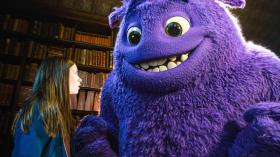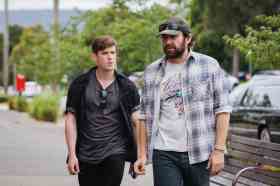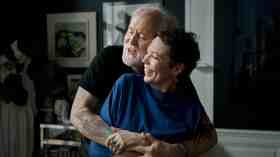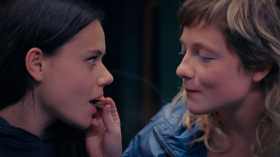‘Good luck to you, whatever it is you’re fighting about,’ says Colin Farrell’s doleful-looking farmer Pádraic, as framed by a lavender-hued sunset while looking out across the North Atlantic towards the Irish mainland, where the dying days of the 1922-23 Civil War are raging.
The rat-a-tat of rifles and thunderous clatter of cannons are but a momentary distraction, piercing the peaceful quiet of the fictional Island on which he lives in playwright and filmmaker Martin McDonagh’s dark parable The Banshees of Inisherin.
It’s something of a running joke that the characters – including Better Call Saul’s Kerry Condon as his patience-of-a-saint sister Siobhán and Farrell’s The Killing of a Sacred Deer co-star Barry Keoghan as Dominic, the abused son of a local cop – remain steadfastly ignorant of the conflict. You can, too, if you like, but going into the film with a good grip on Irish history will surely help unravel this knotty story and its symbolic flourishes.
Those momentarily glimpsed skirmishes are a result of the An Conradh Angla-Éireannach (Anglo-Irish Treaty), signed in December 1921 and bringing into being the Saorstát Éireann (Irish Free State) early the following year. Closing the ferocious Cogadh na Saoirse (Irish War of Independence) against the colonial forces of the British Empire by creating a self-governing dominion within it came at a heavy and enduring cost.
Many men who fought side-by-side found themselves bitterly divided by the so-called peace that followed. Some were happy the war was over; others felt the detente was a betrayal of everything they stood for. Six of 32 counties opted out of the new state, creating the devolved government of Northern Ireland within the United Kingdom. The cracks of this schism, papered over, echo down the centuries.
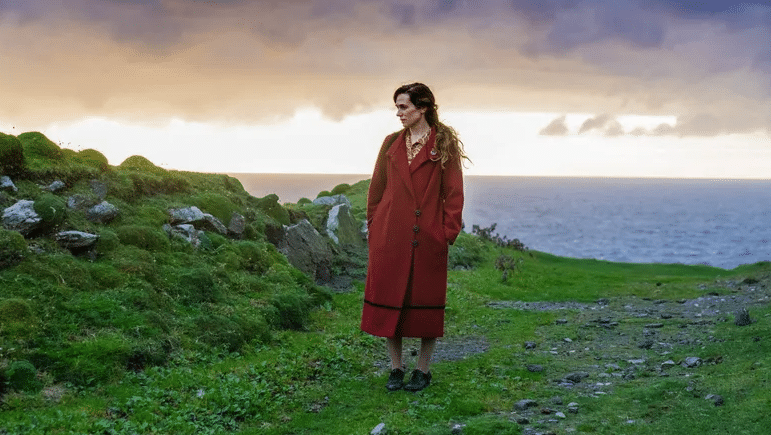
And so it is that McDonagh’s lyrically imagined, nine Oscar-nominated movie, in a magnificent year for Irish cinema, drives a wedge between Pádraic and his perplexingly overnight former best mate Colm.
Brendan Gleeson portrays the latter, reuniting him with Farrell and the director following McDonagh’s 2008 debut feature In Bruges. On a surface reading, Colm feels the weight of eternity bearing down heavy on his shoulders and has tired of Pádraic’s aimless banter.
Colm would rather cast him off in favour of peace and quiet to compose new music on his fiddle that he somewhat self-indulgently draws a long bow connecting himself to Mozart (props to Condon for nailing this puffery with a withering eye-roll when Siobhán corrects Colm over which century the classical composer was active in).
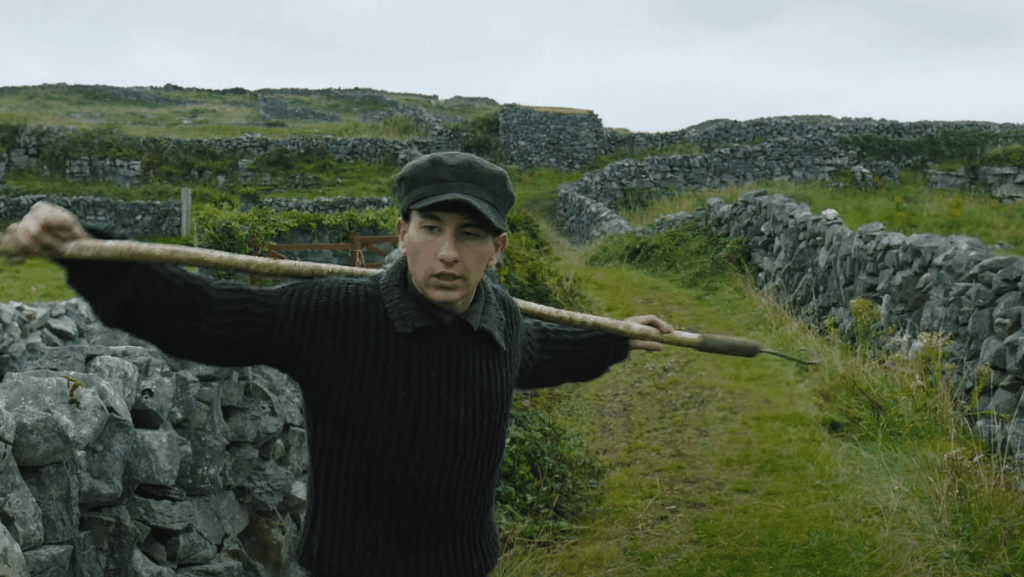
But fold in that history, subtly nodded at, and there’s a lot more going on under the surface of this story, handsomely shot by cinematographer Ben Davis on the Aran Island of Inishmore, and Achill Island to the north. But that’s the beauty of fable passed down the ages, is it not? That they’re simple enough for children while encapsulating complicated truths recognised by the adults reading them at bedtime.
Read: The Banshees of Inisherin and other new films streaming in March
This idea is further expanded by Colm’s Brothers Grimm-like assertion that he will sheer off one of his fingers for every time Pádraic ignores his pleas for a cessation of their prior Guinness at the pub chatter. While the animals do not talk, a menagerie of goats, cows and ponies led by the inimitable miniature donkey Jenny, Pádraic’s emotional fortress against this newfound solitude, embellishes the dark fairy tale at play here.
As does Sheila Flitton’s crone-like, prophesying Mrs McCormick, who warns of one, maybe two, impending deaths. The real banshee in this tall tale?
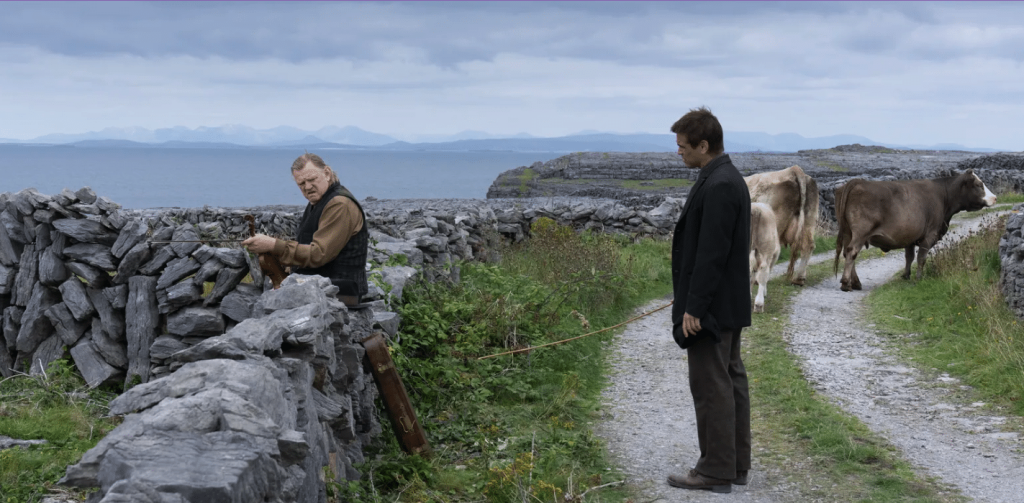
Playing their parts with abundant grace, Farrell, Gleeson, Condon and an electric Keoghan bring the necessary heft to this tragi-comic dalliance. Each rightfully nominated across the Oscars’ acting categories, there’s a particular pained power in Farrell’s wounded ‘good guy’, with Pádraic’s sudden estrangement from Colm shaking asunder the foundations of a previously unquestioning life that now is rife with doubt.
‘You used to be nice. Or did you never used to be? Oh, God. Maybe you never used to be.’
There’s an obvious biblical quality to this moment of doubt in the desert that pivots Pádraic along a darker stone-walled path as he rejects his own niceness, much to the despair of troubled soul Dominic.
At this moment, you can see why Farrell has long been a favourite in this awards season race since picking up the Golden Globe, though the Screen Actors Guild favouring Brendan Fraser’s mawkish turn in ham-fisted The Whale may spell trouble ahead in the race for his first Oscar.
As grand as he is, personally, I’d love to see Farrell’s countryman Paul Mescal pull off a spectacular upset following his wildcard nomination for Charlotte Wells’ sublime debut Aftersun.
Read: Oscars 2023: nominations, predictions, frontrunners
Whatever lies ahead at the Academy Awards on Sunday night in Los Angeles – Monday morning in Australia – McDonagh’s ambiguously open-ended The Banshees Of Inisherin is a beguiling story intriguingly spun from fraught, not quite finished yet history.
The Banshees of Inisherin is currently streaming on Disney+.
Actors:
Director:
Format: Movie
Country:
Release:

